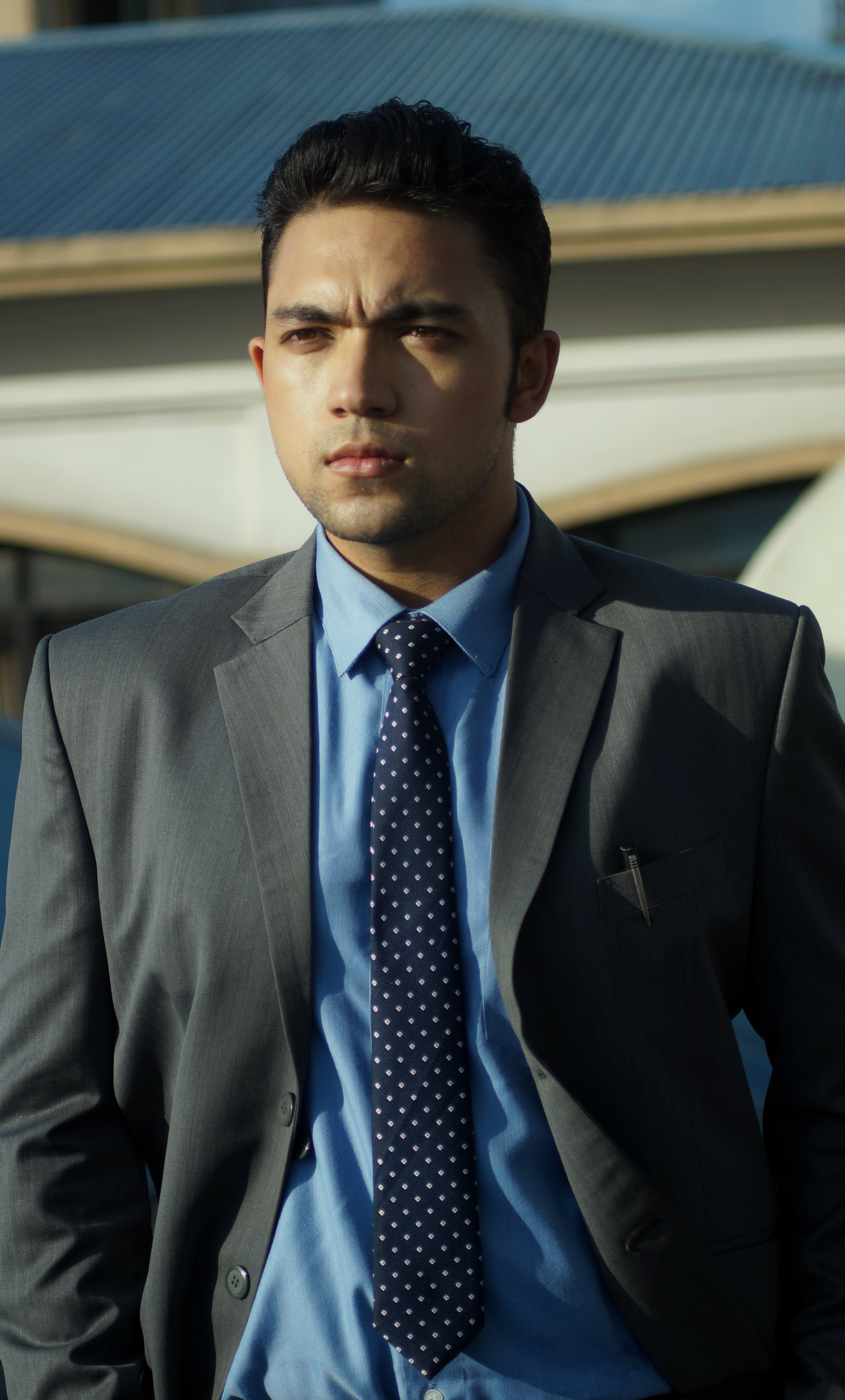Miscellaneous
STILL THRIVING, STILL BEAUTIFUL
On September 20, when people in Kathmandu were out on the streets welcoming the new constitution, I was hundreds of kilometres away from the Capital, hiking towards
Abhushan Gautam
On September 20, when people in Kathmandu were out on the streets welcoming the new constitution, I was hundreds of kilometres away from the Capital, hiking towards Yara Village in Upper Mustang with my friends. It had been almost a week since I left Pokhara on the 19-day trip, and I was so lost in the landscapes surrounding me, that I was completely unaware about developments back home.
Earlier in Kathmandu, I had had my qualms about leaving, mainly because I had never been on such a long trek. Also, the devastating images of the Langtang Valley and Everest Base Camp after the earthquake had left an indelible impression on my mind, and I was worried about whether it was the right time to be trekking. But I still decided to go, as the desperate urge of just escaping the monotony of city life tugged at my heart.
On the trail, I saw no major impacts of the earthquakes. I did notice some cracks inside caves during our visit to the monasteries in Upper Mustang, but except for certain portions of the trail along Tilicho Lake, the trekking routes in the rest of Mustang and Manang seemed largely unaffected and were safe. The houses in the region too seemed intact.
At every stop, we were welcomed with freshly picked apples and warm hospitality. The lodges we stayed in were basic but comfortable, and the food we were served, filling and delicious. Overall, I felt that we were in the right place to spend our money just when it was needed the most by the locals.
Our daily trek involved nearly eight to 10 hours of continuous hiking and a few stops for meals and photographs. The September weather, with azure skies, the occasional winds and marrow-warming sunshine was perfect for hiking. We began by trudging along the mostly dry riverbed that snaked between massive sandy mountains in Jomsom and Kagbeni. We also got occasionally got buffeted by strong winds all along the route. And we knew we were in for some real challenge when we started the ascent for Lo Manthang. As we got closer to our destination, settlements slowly thinned and the terrain became increasingly rugged.
Before we knew it, we were scaling several passes above 5,000 metres, riding horses along one-foot trails and making our way through narrow caves carved into massive rock cliffs.
Things slowly got even tougher as we headed towards Damodar Kunda, where we had to set up camps along the way and fend off the cold. But the sheer thrill and challenge of making it to the higher-altitude destinations like Damodar Kunda, Thorong La Pass and Lake Tilicho and the spellbinding vistas along the way made our trip exceedingly memorable.
Most of the locals and tourists I talked to were optimistic that tourism would pick up again, and it was reassuring to learn that life was progressing normally even in the aftermath of the earthquakes. Many tourists told me that they had faced no problems during their trip and that they would return in the future.
And why would they not?
I would, too.










PHOTOS: Abhushan Gautam




 21.12°C Kathmandu
21.12°C Kathmandu










